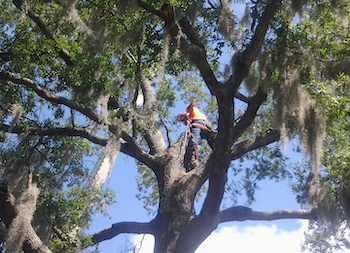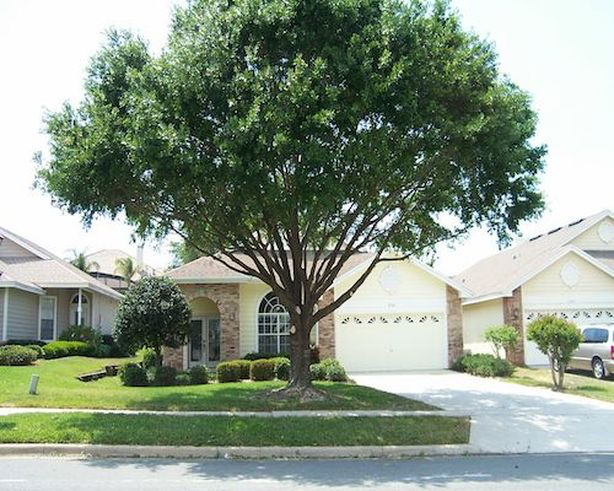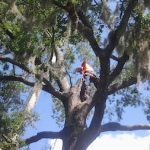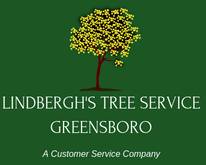To preserve the security of our houses and the long-term health of trees, they must be maintained and cared for. Whether you have a few trees in your front yard or a lusciously green backyard, it is crucial to give them the care and attention they require to continue growing to their full potential. Because a healthy tree is its best line of defense against diseases and other harms, tree care strives to preserve or improve the tree's beauty, structure, and vigor.
These actions demonstrate your regard for your trees:
Know What They Need
Knowing the kind of trees that are present in your yard is the first step in learning about tree management. Utilize the following recommendations to learn more about the types of trees on your property and their fundamental requirements:
- How much water are they going to need?
- Will they survive in your yard's soil type?
- Are they at risk from drought?
- Do they require any particular maintenance, such as being sensitive to strong winds?
Trimming Properly
When it comes to maintaining the health of trees, tree trimming should not be a choice but rather a must. Inadequate execution will negate the goal of preserving a tree's general health and attractiveness. The most typical method of pruning is while the plant is dormant. If a springtime explosion of robust new growth is what is sought, then this method should be applied. It is often advisable to hold off until after the coldest period of winter.
To guarantee that your trees benefit the most from the pruning procedure, you should use a qualified arborist. Poor trimming can make a tree's health unstable and cause it to die. The following are some signs of improper pruning:
- A top-heavy or bottom-heavy tree
- The tree leans to one side.
- Limited sunlight owing to another tree blocking it
Protect Their Roots
A tree needs good roots to be healthy. Make sure the dirt is not compacted around your tree since this prevents water from reaching the tree's roots. Imagine a circle surrounding your tree that extends to where the branches are to determine where the drip line of your tree is. Avoid altering the soil compaction or grade in this area since doing so might do irreparable harm to your tree.
Enough Watering
Throughout the first few growth stages, your newly planted tree consumes a lot of energy seeking to anchor its roots in the soil. In its early seasons, your young tree may have trouble surviving in the heat and dryness. You may make this easier by providing water and mulch composed of wood chips. Deep watering may speed up the growth of new roots. In order to keep the soil wet, it must reach all of the roots' depths.
Both an excessive amount of watering and an insufficient amount will harm the tree. A typical tree care error is overwatering. Please be aware that dampness differs from soggy, and you can tell the difference by feeling. The soil will be able to absorb enough oxygen if it is moist and dries out briefly.
Apply Mulch
There are several reasons why trees experience stress. You may cover the base of your tree with an organic mulch layer to protect it from numerous pressures. To prevent the tree from being harmed, this technique should be carried out properly and not carelessly. Start mulching 6 inches or so from the tree's base and work your way up to the drip line, stopping just below the canopy. All the way around the tree, piles of mulch that are up to four inches deep are recommended.
You can properly care for your tree if you are aware of its particular requirements. Your tree will grow to its full potential and endure for many years if you prune, water, mulch, and protect it properly.
Book Checkups
Schedule a checkup for your trees as much as possible! Early detection of illness or insect symptoms can make all the difference. Red flags including discolored leaves, cankers, holes, and more are seen by certified arborists. They then offer a strategy on how to assist.
Feed with Fertilize
In a forest, organic plant matter feeds the soil around the trees. But we rake and remove all those organic nutrients, like leaves and grass clippings, from our yards. Fertilizer is the solution. Use a slow-release fertilizer to steadily release nutrients into the soil. Additionally, regularly check your soil to see if any nutrients are missing or insufficient.
Call Lindbergh's Tree Service Greensboro (125 Bruce St, Greensboro, NC 27403, 336-347-1875) if in the Piedmont area of North Carolina for a free tree care estimate.
































